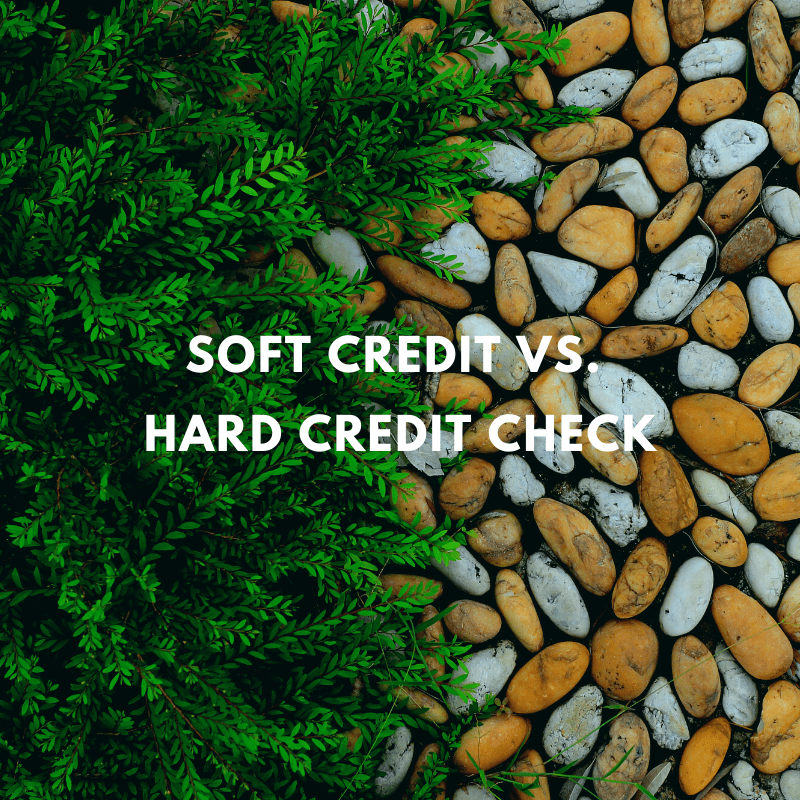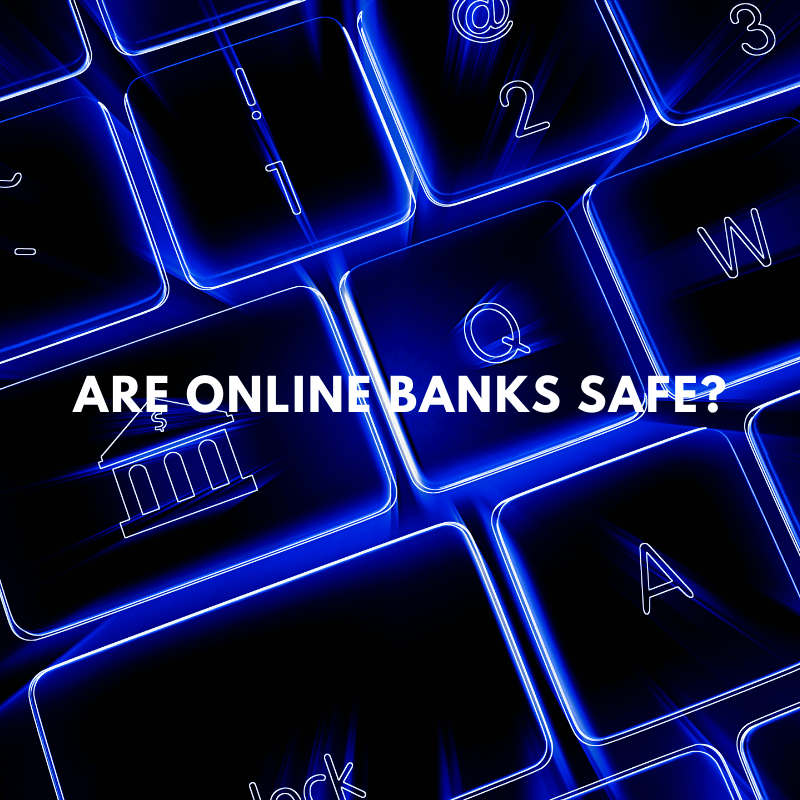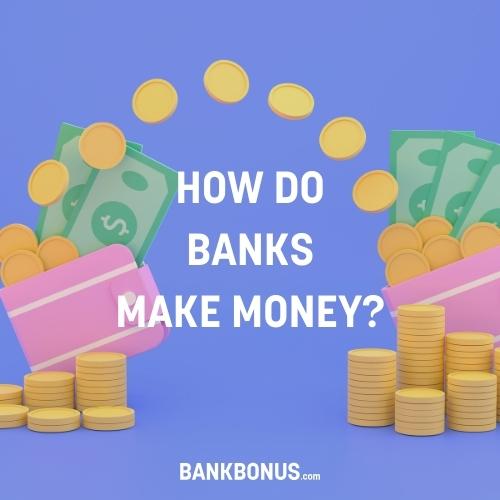Plaid is a fintech company based in North America. In short, it’s a platform created to streamline communication between your bank accounts and financial services apps that require your banking information.
Plaid’s software acts as a direct intermediary between your bank accounts and third-party financial apps and websites.
These apps and sites can only function if they have access to your personal financial information in real-time. That’s where Plaid comes in.
It ensures that a secure connection is established while giving you the option to only share the necessary information with third-party apps.
At the same time, it also ensures that your banking login credentials remain secure. Visa nearly acquired Plaid back in 2020, but the deal fell through.
How Plaid Works
Plaid allows you to link your personal financial information to thousands of third-party financial apps and service providers. It’s easy to do – and you maintain a level of control as to who has access to your data at any given time.
Several financial services, budgeting, and portfolio management apps that use Plaid need access to accurate financial information in real-time to work correctly or make informed suggestions.
Once you’ve downloaded the third-party app you’d like to use, Plaid will prompt you to insert the username and password associated with the account intended to be linked to that app.
After collecting the login credentials you provided, it then gathers and encrypts the financial information required by the third-party app (such as account balance or credit card information, for example).
This encrypted data is transferred to the third-party app via an application programming interface (API) and decrypted at the receiving end. Plaid goes the extra mile to protect sensitive data by ensuring that it only transfers information required by the third-party app.
Since data is encrypted, your account login credentials and any other data Plaid uses remain secure.
What is an Application Programming Interface (API)?
An Application Programming Interface (API) is built into applications, including website applications.
It essentially creates a virtual platform for transferring data between one site or app, like your bank’s website, and third-party sites or apps such as your financial planning or budgeting app of choice.
The idea behind APIs is to link and share data seamlessly without suffering any compatibility issues between websites and apps.
When developers create an app/site that requires users’ live financial information, they can create a Plaid account through the Plaid Link and request Plaid’s API keys to connect the app/website to Plaid’s API.
Once the two sites are linked through the API, users like you would then provide Plaid with their account login information – and the data sharing can begin securely.
As such, it helps app developers ensure that their product is compatible with all other apps and websites that use Plaid without figuring out how to connect to them individually.
Why Does Plaid Need to Connect to Users’ Bank Accounts?
For example, when choosing to use financial applications such as Acorns or Venmo, you need to provide the app with access to your financial accounts.
Plaid is there to act as a virtual middleman and facilitate a secure connection between your financial information and your chosen apps or websites.
The secure connection allows you to seamlessly access the financial data needed without being redirected to your financial institution’s online banking app or website each time.
It may access your account records, transaction history, account balance, routing number, or even account numbers needed to facilitate deposits or withdrawals.
All collected data is encrypted before it is transferred, ensuring everything remains secure at all times.
Is Plaid Safe to Use?
When a website or app requests your financial or sensitive information, hesitating is natural (and sensible). If anything, you should always be cautious when giving away your financial information as scammers are always hard at work.
To help you put your mind at ease, it has put plenty of measures in place to make you feel as safe as possible while using its platform.
Here are some examples of the measures they currently have in place:
- Plaid will only share data with apps or websites you grant it access to
- Plaid allows you to decide what type of data will be shared with your selected apps or websites
- Clear privacy policy stating that Plaid will never rent or sell you data
- Plaid is certified in internationally recognized security industry standards like ISO 27001; ISO 27701 and is also SSAE18 SOC 2 compliant
- Plaid’s Bug Bounty Program is set up to find and resolve any potential vulnerabilities in their system by offering rewards to third parties that find bugs
- Their data encryption system protects all information being transferred, be it your bank accounts, financial institution information, and any other application or website data
- 24/7 monitoring and support available across the board
- Their cloud infrastructure was built with security in mind and developed over decades, offering the most responsive yet flexible data protection possible
How Secure is Plaid?
As with other companies that handle sensitive financial information, like PayPal or the Visa network, there is always an element of risk involved.
Plaid does its best to keep its services and policies transparent. All of the company’s security practices are listed on plaid.com.
Since it aims to remain at the forefront of financial technology, it implements security practices such as:
- Encryption protocols like the Advanced Encryption Standard (AES 256) on both sides of the data transfer
- Transport Layer Security (TLS) when transmitting your financial data
- Multi-factor authentication to keep your login secure
Users should have an added layer of confidence knowing that their data is transmitted using these security protocols that follow best practices.
How Does Plaid Safeguard Users’ Privacy?
Plaid hands you complete control over what data is shared through their platform. You get to decide what information to share, with whom and when to stop sharing.
Plaid’s privacy policy also makes an explicit promise to never rent or sell your data to any third parties. On top of that, they’ll only share data after you have given permission directly.
You can choose to allow Plaid to share:
- Your account profile information
- Bank information
- Loan payment status
- Credit and debit card balances
- Investment holdings
- Transaction history
- Account numbers
- Routing numbers
It understands how important your privacy is. That’s why the company has created a portal for users to manage and control the data that they share across multiple apps and sites in one place.
All you need to do is sign up to the Plaid Portal, log in, and you’ll find all your information-sharing data and permissions at your fingertips.
The Plaid Portal has a user-friendly feel and makes controlling your information sharing incredibly easy. You may disconnect apps and websites from your financial accounts easily and whenever you’d like to.
Another feature of the portal is the option to request to have your data deleted.
How Much Does Plaid Cost?
Plaid is entirely free for users. When you connect your financial accounts to a third-party app or websites like Coinbase, Betterment, or Venmo, the app or website pays Plaid a fee for the connection.
Which Companies and Banks use Plaid?
Plaid powers over 4,000 financial apps and websites, including some you already use. It also helps over 11,000 financial institutions connect.
Here are some examples of the most popular financial institutions and companies that trust Plaid to streamline their connections:
- Mobile Banking Apps like:
- Savings, Wealth Management, and Investment Apps like:
- Acorns
- Cleo
- Robinhood
- Qapital
- Digit
- Ellevest
- Personal Finance Management Apps like:
- Pillar
- Twine
- Drop
- Truebill
- YNAB
- Albert
- Business Finance Management Apps like:
- Expensify
- Fundbox
- Bench
- Stripe
- Instant Payment Apps like:
- Wise
- Venmo
- WorldRemit
- Metal
- Money Lending and Loan Application Apps like:
- Avant
- Figure
- Petal
- Sofi
Plaid is a widely trusted financial information-sharing platform with thousands of daily users that has been evolving ever since its foundation in 2013.
The company puts in a great deal of effort to remain as transparent as possible in its processes.
While it’s understandable to be hesitant to share your financial information with a third-party company, Plaid seems to take users’ security very seriously.
In addition to that, you get as much control over your data as possible.
Frequently Asked Questions
How do I use Plaid?
Instead of directly through their website, you would typically interact with Plaid through a third-party app or website.
Once you download the app and set it up, you can start the process of connecting your personal or business accounts to the app. It is there to guide you through connecting your accounts to the desired app using the Plaid platform.
Once the connection is set up through Plaid, you will be able to use your chosen apps or sites without being redirected to your financial institution’s website.
Who has access to my financial information through Plaid?
Once you have connected your financial accounts to an app or website, Plaid will share the relevant financial information with that app or website.
The type of data shared between Plaid and the apps or websites you have chosen to use varies depending on the connection established from your side.
It will not share your data with any apps or services without your permission. The only apps and sites receiving your data will be the ones you connect to directly.
How can I control what apps have access to my data through Plaid?
You may create an account to gain access to the Plaid Portal. Using this account, you’ll be able to view a complete list of applications and websites that you have given access to your personal financial information.
You can also disable account information access to apps and websites you previously accessed through this portal. Requests to have your financial data deleted can also be submitted through the Plaid Portal itself.
What data does Plaid access from my financial institution?
Once you have connected your financial accounts to a third-party application or website, Plaid accesses your financial information on your behalf.
It serves as a middleman between your financial institution or bank and the app or website you want to use.
The type of data accessed and shared by Plaid varies depending on the application or website and may include:
- Personal information such as your name, address, email address, or phone number
- Banking histories such as transaction data or loan history
- Account information includes your account types, routing numbers, balances, or credit limits.





Comments are closed.
Comments are closed here.